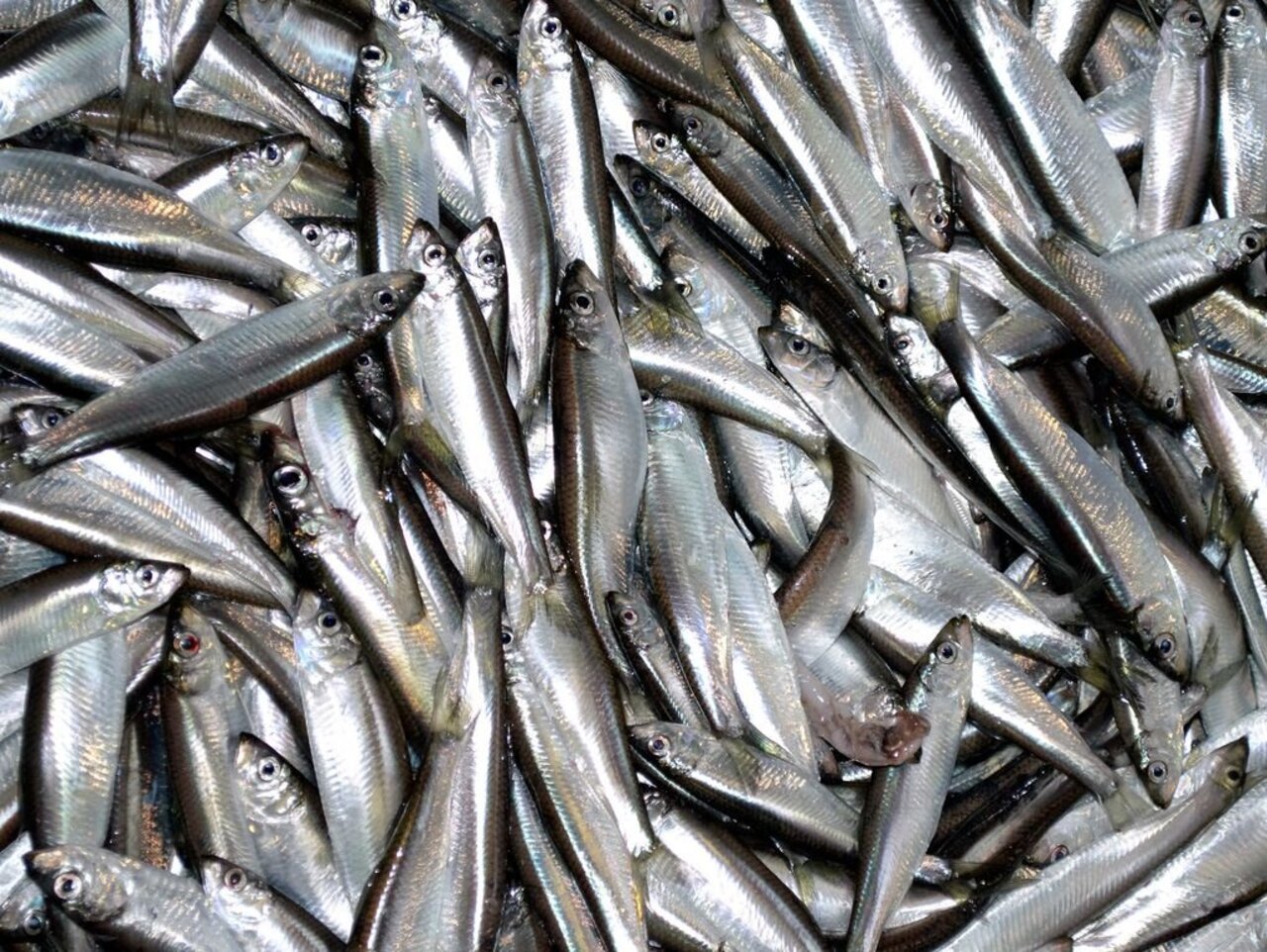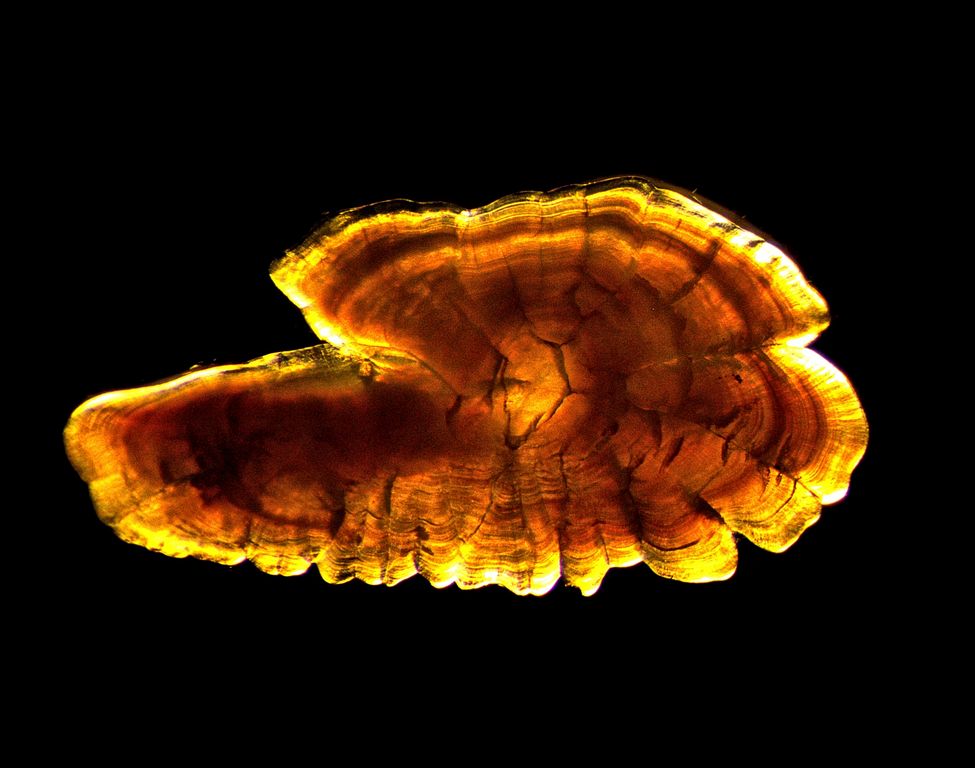Project
Evaluating methods for discriminating stock components of Atlantic Herring in the North Sea

Evaluating methods for discriminating stock components of Atlantic Herring in the North Sea
The Atlantic herring is one of the commercially most important species – also in the North Sea fishery. Fisheries management must lead to sustainable utilization of the stock, to protect it for succeeding generations.
Background and Objective
Detailed knowledge of the specific stock structure is essential to prevent stocks from depletion. But single herring individuals cannot be assigned to their stock of origin by visual inspection alone, thus alternative approaches are needed to determine catch contributions of stock components.
The North Sea autumn spawning herring consists of four major spawning components. Spawning on the northernmost grounds (Orkney/Shetland and Buchan area) lasts from late August until end of September, while the main period on the Banks in the Central North Sea is from September to end of October. Herring in the English Channel (Downs component) spawn in winter, from mid-December to end of January. While the herring stock components separate during spawning, they mix throughout the rest of the year on feeding areas in the North Sea.
Currently, North Sea herring is managed as one single stock. Due to lacking information about stock discrimination the catch composition cannot be analysed in detail and important information concerning stock structure analyses are lost.
In this project, we will evaluate methods to allow an unambiguous discrimination of single stock components and to assign individuals to their respective stock component. Therefore, we will combine genetic techniques and otolith shape analysis (otolith = ear stone).
Target Group
Approach
Reference samples of each of the North Sea herring stock components will be characterized using genetics and a set of stock-specific Single Nucleotide Polymorphisms (SNPs) will be identified. Basic meristic parameters of otoliths of genetically validated samples will be determined and otolith shape analysis will be conducted. The results obtained from both approaches will be compared to each other. The combination of genetics and otolith shape analysis will enable us to quantify mixing proportions of catches of North Sea herring.
Thünen-Contact

Involved Thünen-Partners
Funding Body
-
European Union (EU)
(international, öffentlich)
Duration
3.2019 - 12.2020
More Information
Project status:
finished

![[Translate to English:] [Translate to English:]](/media/_processed_/7/1/csm_IMG_7977_large_1defaf5de1.jpg)







